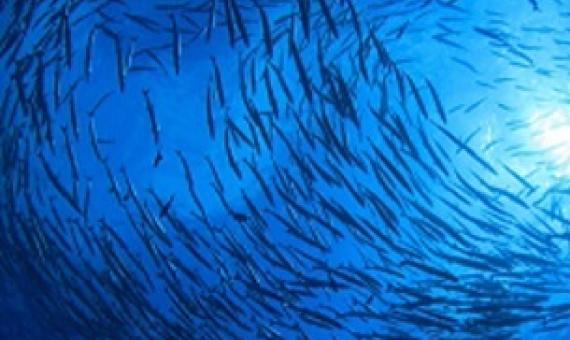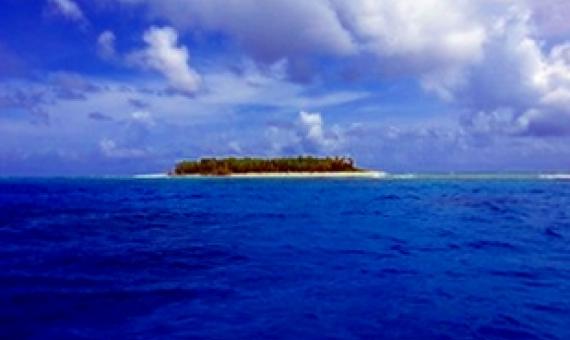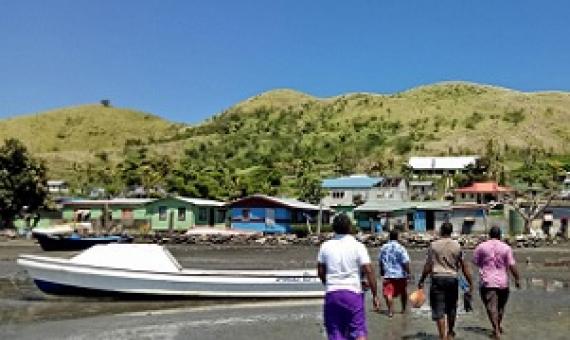The ‘Paper Park Index’: Evaluating Marine Protected Area effectiveness through a global study of stakeholder perceptions
Governments around the world are increasingly committed to reaching terrestrial and marine conservation goals. But achieving such commitments is challenging, and conservation targets that are reached on paper, e.g., in terms of square kilometers protected, can be misleading. Designating Marine Protected Areas (MPAs) does not guarantee achieving marine conservation goals, and so-called ‘paper parks,’ i.e., MPAs that are legally designated but ineffective, are common.












